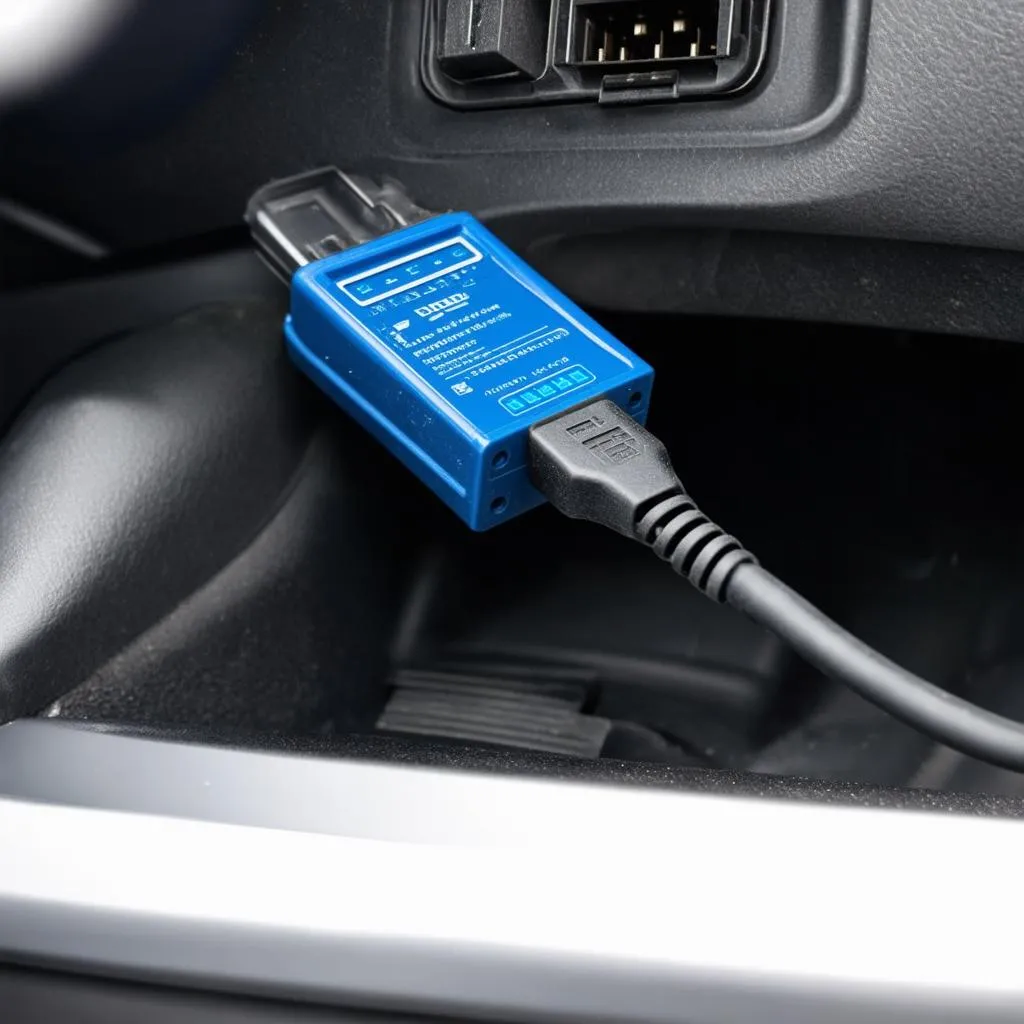Owning a 1995 Mercedes Benz is a testament to appreciating classic engineering. However, even the most well-built vehicles require occasional maintenance, and that’s where diagnostic testing comes in. This guide delves into the intricacies of the 1995 Mercedes Benz diagnostic test, equipping you with the knowledge to understand and address your vehicle’s needs.
Understanding the Importance of Diagnostic Tests
Before we delve into the specifics, let’s understand why diagnostic tests are crucial. Imagine them as a conversation with your car, allowing you to understand the language of warning lights, error codes, and performance issues. For a 1995 Mercedes Benz, these tests are essential for:
- Pinpointing Issues: Diagnostic tests go beyond the guesswork, accurately identifying the root cause of problems. This saves you time and money by avoiding unnecessary repairs.
- Preventive Maintenance: Regular diagnostics can detect minor issues before they escalate into major headaches, ensuring your Mercedes stays in optimal condition.
- Optimizing Performance: By analyzing engine parameters and sensor data, these tests can help fine-tune your car for better fuel efficiency and performance.
1995 Mercedes Benz Diagnostic Tools: Your Gateway to Understanding
Unlike the later models with OBD-II ports, the 1995 Mercedes Benz utilizes a unique 38-pin diagnostic connector. This means you’ll need a compatible diagnostic tool to communicate with your car’s computer.
Types of Diagnostic Tools:
-
Mercedes-Benz Specific Scanners: These are specialized tools designed explicitly for Mercedes vehicles, offering comprehensive diagnostics and advanced functions.
-
Generic OBD-I Scanners: While not as feature-rich as the Mercedes-specific ones, generic scanners can still read basic engine codes and provide valuable information.
Choosing the Right Tool:
Selecting the right tool depends on your needs and technical expertise. If you’re comfortable with in-depth diagnostics and plan on DIY repairs, investing in a Mercedes-specific scanner is a wise decision. However, for basic code reading and troubleshooting, a generic OBD-I scanner might suffice.
 OBD-I Scanner
OBD-I Scanner
Performing a 1995 Mercedes Benz Diagnostic Test
Once you have the appropriate tool, performing the diagnostic test is relatively straightforward:
-
Locate the 38-Pin Diagnostic Connector: This is usually found under the hood, near the firewall.
-
Connect the Diagnostic Tool: Ensure a secure connection between the scanner and the connector.
-
Turn the Ignition On: Turn the key to the “on” position but don’t start the engine.
-
Access the Diagnostic Menu: Depending on your scanner, navigate to the appropriate menu to read or clear codes.
-
Interpret the Codes: The scanner will display either numerical or alphanumeric codes. Consult your vehicle’s service manual or a reliable online database to decipher their meaning.
Common 1995 Mercedes Benz Diagnostic Trouble Codes
While numerous codes can appear, here are a few common ones:
-
Code 12: Normal operation, no faults detected.
-
Code 21: Oxygen sensor (O2) circuit malfunction.
-
Code 41: Crankshaft position sensor (CPS) issue.
-
Code 55: Electronic transmission control module (ECM) malfunction.
Expert Insights
“Understanding the diagnostic codes is crucial for effective troubleshooting,” says John Miller, a seasoned automotive engineer and author of “Automotive Diagnostics Made Easy.” “Investing in a reliable diagnostic tool and a good service manual will save you countless hours and dollars in the long run.”
 Mercedes-Benz Engine
Mercedes-Benz Engine
FAQs
Q: Can I use a regular OBD-II scanner on my 1995 Mercedes Benz?
A: No, 1995 models use the OBD-I system with a 38-pin connector, requiring a compatible scanner.
Q: Where can I find reliable information on Mercedes diagnostic codes?
A: Your vehicle’s service manual or reputable online resources like Cardiagtech provide comprehensive code definitions.
Q: Can I clear the codes myself after fixing the issue?
A: Yes, most diagnostic scanners allow you to clear the codes. However, ensure you’ve addressed the underlying problem; otherwise, the codes will reappear.
Conclusion
Performing a 1995 Mercedes Benz diagnostic test is an empowering step towards maintaining your classic vehicle. By understanding the process, choosing the right tools, and interpreting the codes, you can ensure your Mercedes continues to deliver its signature performance for years to come. If you have any questions or need further assistance, don’t hesitate to contact the experts at CARDIAGTECH for guidance.

